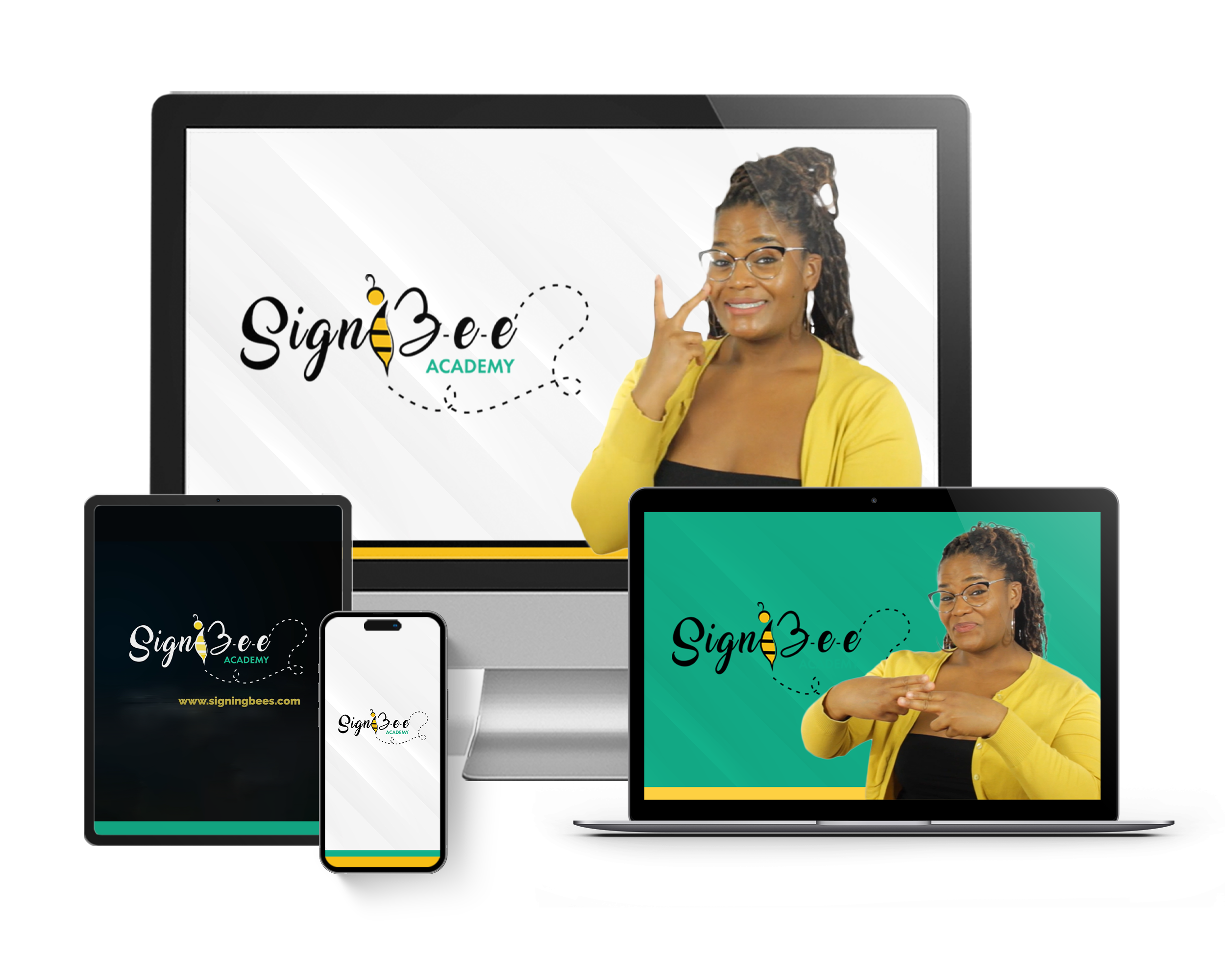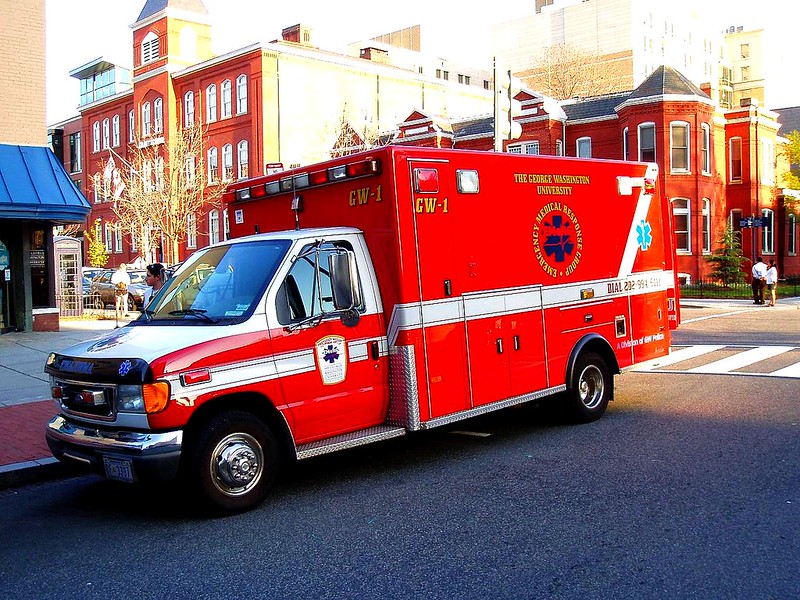You will be surprised to discover that a person is six times more likely to die when they are deaf or hard-of-hearing. The reason behind this might be complicated but communication barriers and inability to hear danger plays a major role.
A deaf woman in labor will have more trouble communicating with a nurse who doesn’t have ASL training. This can affect the process of giving birth because there is a lot of communication between the mother and the health professionals attending to her.
The example of the pregnant woman is just one in a long list of possible scenarios where deaf people struggle when accessing emergency services. They also have barriers to accessing public announcements.
So, how do they do it? How do they get the services they need while relying on a different language to communicate?
The answer to these questions is addressed below. You will know how deaf individuals access emergency services and public announcements.
Challenges Faced by the Deaf Community when Accessing Emergency Services and Public Announcements
Image by Lydia on Openverse
There are many challenges deaf individuals face and they are even more pronounced when there is an emergency. People with good hearing struggle to convey their thoughts or explain their situation in emergencies. The same anxiety also plagues deaf individuals who by default struggle with communication.
So one of the most hindering barriers is the inability to communicate with emergency service providers. If a deaf individual has to communicate with a paramedic and the person doesn’t know how to sign in ASL, communication will become cumbersome.
For example, contacting 911 in the United States via text isn’t available in all areas, so deaf individuals must rely on teletypewriters. This makes getting help complicated and time-consuming.
Deaf individuals also struggle with public service announcements because many are transmitted as broadcasts on the radio or videos on television. Unless the announcement is sent as a text that can be read, many individuals who are hard-of-hearing will be left in the dark.
There are other emergency challenges deaf individuals face and you might be wondering how they overcome them. Let’s take a look at how below.
How Deaf Individuals Access Emergency Services
With an increase in the use of technology all over the world, deaf individuals can access emergency services. The way they do it will be different from hearing individuals.
Video Relay Services
Deaf individuals can access emergency services by using video relay services or VRS. Here they can communicate with emergency providers using sign language. The communication isn’t direct but rather through an interpreter. The deaf individual communicates with an interpreter and the interpreter speaks to the emergency service.
While this option is great, it requires a screen and an internet connection. If a deaf person is in a place with poor reception, this service might be unavailable.
Also, such services aren’t available to all deaf individuals in all parts of the world since there are almost 3 billion people without the Internet.
Text Messaging
Most people with good hearing won’t send a text to an emergency service provider but most deaf individuals have no choice but to text. A positive is that more emergency services providers like hospitals and security operatives are having texting platforms with deaf individuals in mind.
The process involves sending a text to an emergency center and getting instructions via text as well. It is straightforward but not as widespread as it can be.
One downside is the response times. If the lines are busy, replies to text messages might be late. A more robust customer care service can tackle this shortcoming.
Emergency Apps
Applications have become a vital part of the human experience with there being an app for everything from banking to cooking. Emergency service providers have seen the need to have apps also.
These apps give people the opportunity to communicate with their emergency service providers. Deaf individuals can use such apps to send messages and receive responses. In some cases, some apps provide single-tap features that can bring personnel to your doorstep.
The shortcoming is that such applications aren’t compulsory and the closest provider to a dead individual might not have one.
If more emergency service providers make their applications or collaborate with the government to make a unified one, deaf individuals will receive better emergency responses.
How Deaf Individuals Access Public Announcements
1972 is an important year in the deaf community. It was that year that there were captions in a television program. For the first time, deaf individuals could enjoy the audio part of a television program. The program was about a French chef who taught one of her chicken recipes on screen.
Public announcements are a vital part of every society and captions have become the primary way the deaf community can receive such announcements. Captions are easily added to most public announcements.
If captions aren’t available during a video announcement, interpreters become the best option. At a corner of the screen, an interpreter can be converting audio to sign language.
Announcements can also be conveyed through text which is the other method through which the deaf community receives them. Like everyone else, they get messages from organizations and the government. During the pandemic, many public announcements were conveyed by text.
Deaf individuals also get public announcements on social media platforms like Twitter. They can read the announcements from corporate and government organizations.
While these options exist, more can still be done to ensure that deaf individuals get as much information as those with good hearing.
Conclusion
Emergencies occur and the speed with which people get help can be the decider between life and death. Deaf individuals have emergencies just as much as hearing people but have fewer ways to access such emergencies.
They can use speech-to-text software, video relay services, text messaging, or emergency apps. While this can help with communication with deaf individuals, they aren’t available in all circumstances and all areas.
Deaf individuals access public announcements through captions on videos. They also get these announcements from social media and through texts. However, any information transmitted by radio will need a physical interpreter.
More people should be aware of the challenges the deaf community face during emergencies and public announcements and a huge part of being aware about the needs of the deaf community includes being part of those actively learning ASL.
You can learn ASL today with SignBee Academy’s ASL easy-to-use learning resources.
Thumbnail Photo Credit to: Image by Lee Cannon on Openverse






